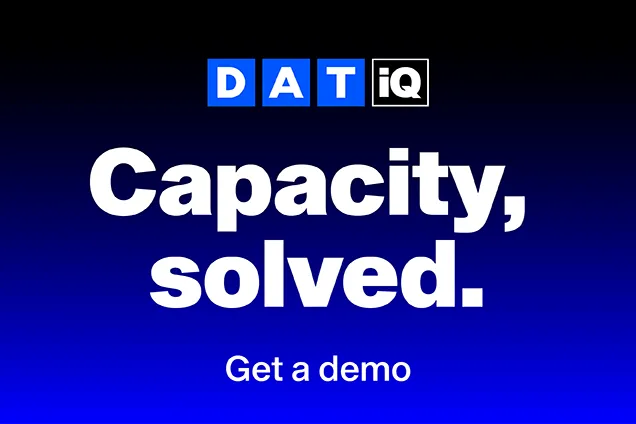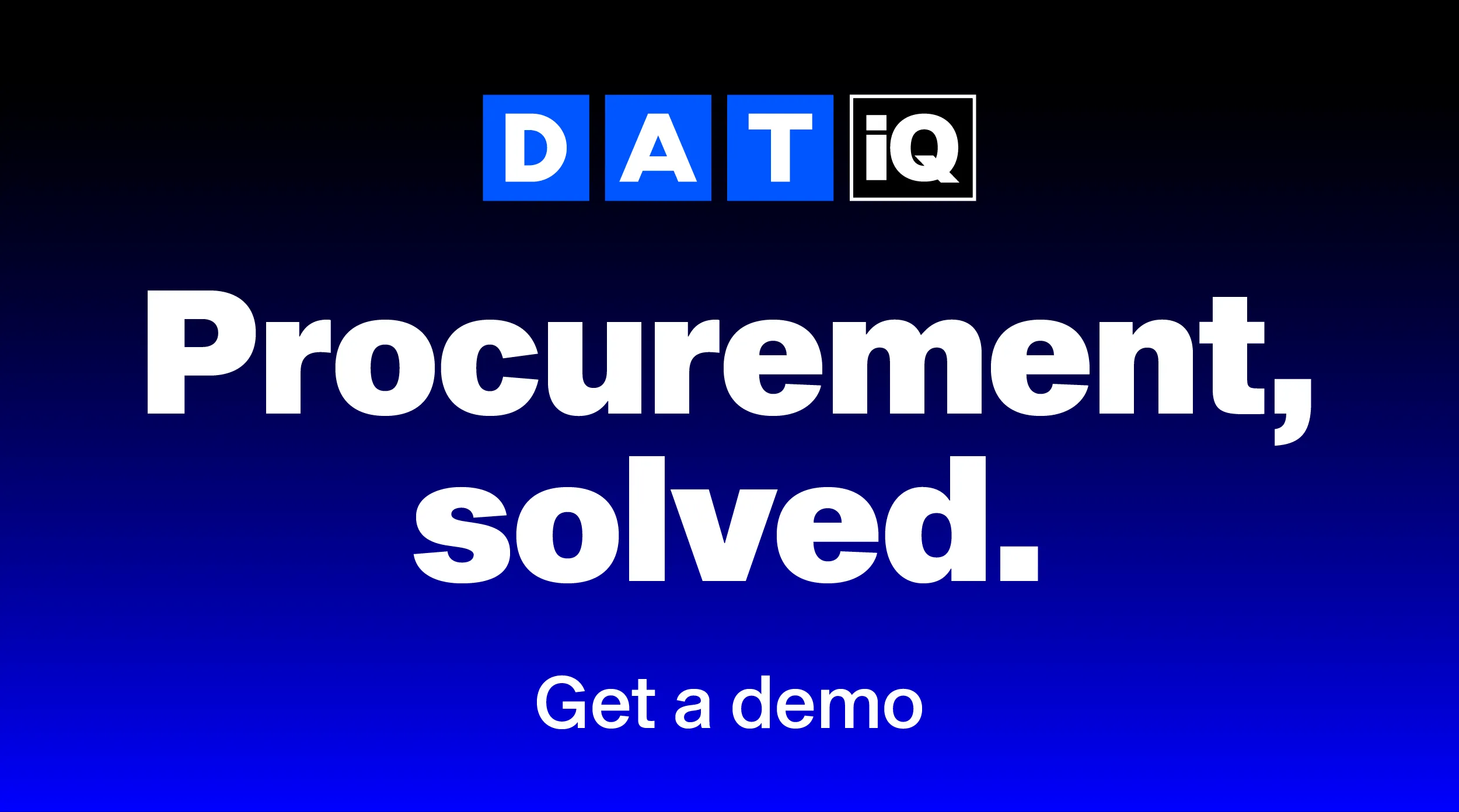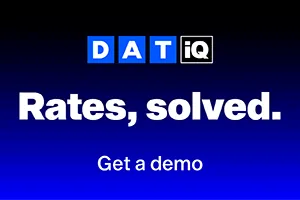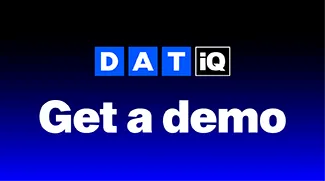The Changing Tides of Transportation Procurement
Status quo procurement strategies aren’t going to cut it anymore. Transportation procurement is changing rapidly, driven by market volatility, evolving consumer expectations, and supply chain disruptions. Traditional procurement methods, once relied upon for their stability and predictability, aren’t agile enough to adapt to the dynamic conditions of the modern freight market. But new strategies and technologies are changing how shippers handle procurement in 2024 and beyond.
The evolution of transportation procurement
Shippers are pivoting towards a more nuanced and adaptable approach to network design and procurement. Rather than rigidly adhering to long-term contracts and routing guides, organizations are prioritizing flexibility and agility. We see this in a segmented approach to lane management, where low and high-volume lanes are treated differently based on their unique characteristics and demands.
Mini-bids, too, have emerged as a strategic tool for shippers needing to deftly navigate market volatility and quickly adapt to changing conditions. By conducting more frequent, targeted bidding events focused on specific lanes within their network, shippers can reassess spending and secure cost-effective capacity faster than ever. Moreover, mini-bids enable shippers to leverage real-time market data and benchmarking insights to optimize and reaffirm their decisions, ensuring they are aligned with current market rates and trends.
Dynamic pricing is another new tool in transportation procurement, offering shippers greater flexibility and responsiveness in managing their transportation spend. By establishing preset rules and parameters for pricing adjustments based on the market and lane-specific dynamics, shippers can optimize their cost allocation and save more money. Structured spot markets, where rates are determined dynamically at the time of tender based on predefined rules, provide shippers with a mechanism to capitalize on market opportunities and secure capacity at competitive rates.
The future of transportation procurement
Collaboration is the next evolution of transportation procurement. Building strong, mutually beneficial relationships between shippers, brokers, and carriers is essential for navigating the complexities of the modern transportation landscape. By fostering a culture of collaboration and partnership, stakeholders can collectively address challenges, drive innovation, and unlock new opportunities for value creation.
Advancements in AI, machine learning, and automation will drive transformative change across the industry. AI-powered tools and automation solutions offer the promise of streamlining procurement processes, enhancing operational efficiency, and driving supply chain resilience in an increasingly volatile environment.
Transportation procurement in 2024 is characterized by agility, innovation, and collaboration. Shippers must embrace new strategies and technologies to adapt to market uncertainties and drive value creation in a complex environment.
About DAT Freight & Analytics
DAT Freight & Analytics operates the largest truckload freight marketplace in North America. Shippers, transportation brokers, carriers, news organizations and industry analysts rely on DAT for trends and data insights based on more than 400 million freight matches and a database of $150 billion in annual market transactions.Founded in 1978, DAT is a business unit of Roper Technologies (Nasdaq: ROP), a constituent of the Nasdaq 100, S&P 500, and Fortune 1000
The above article is sponsor-generated content. To learn more about sponsor-generated content, click here.







